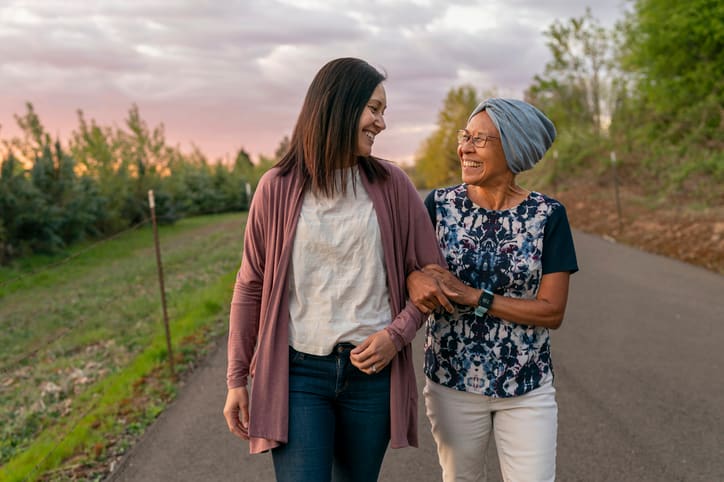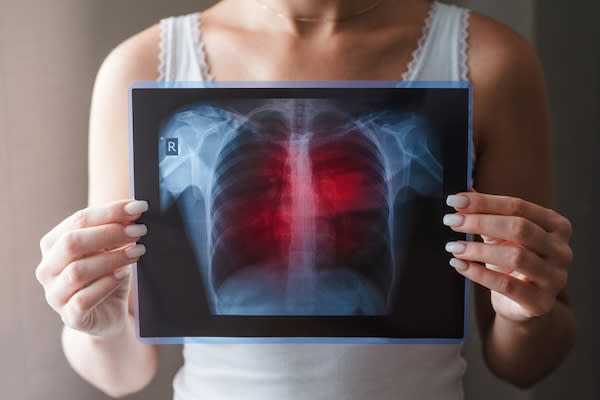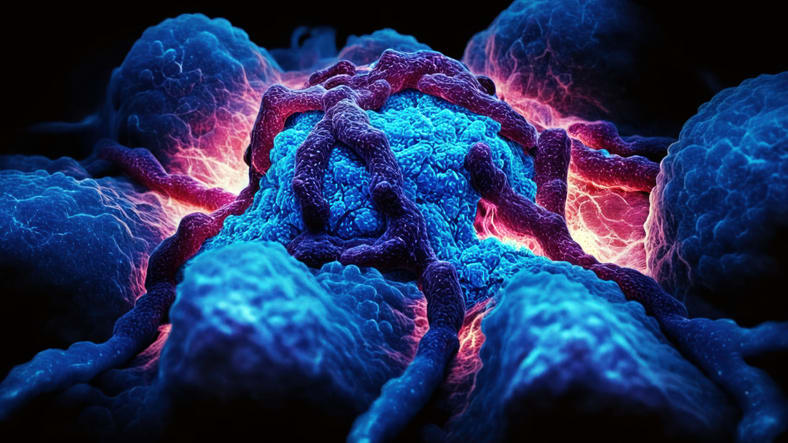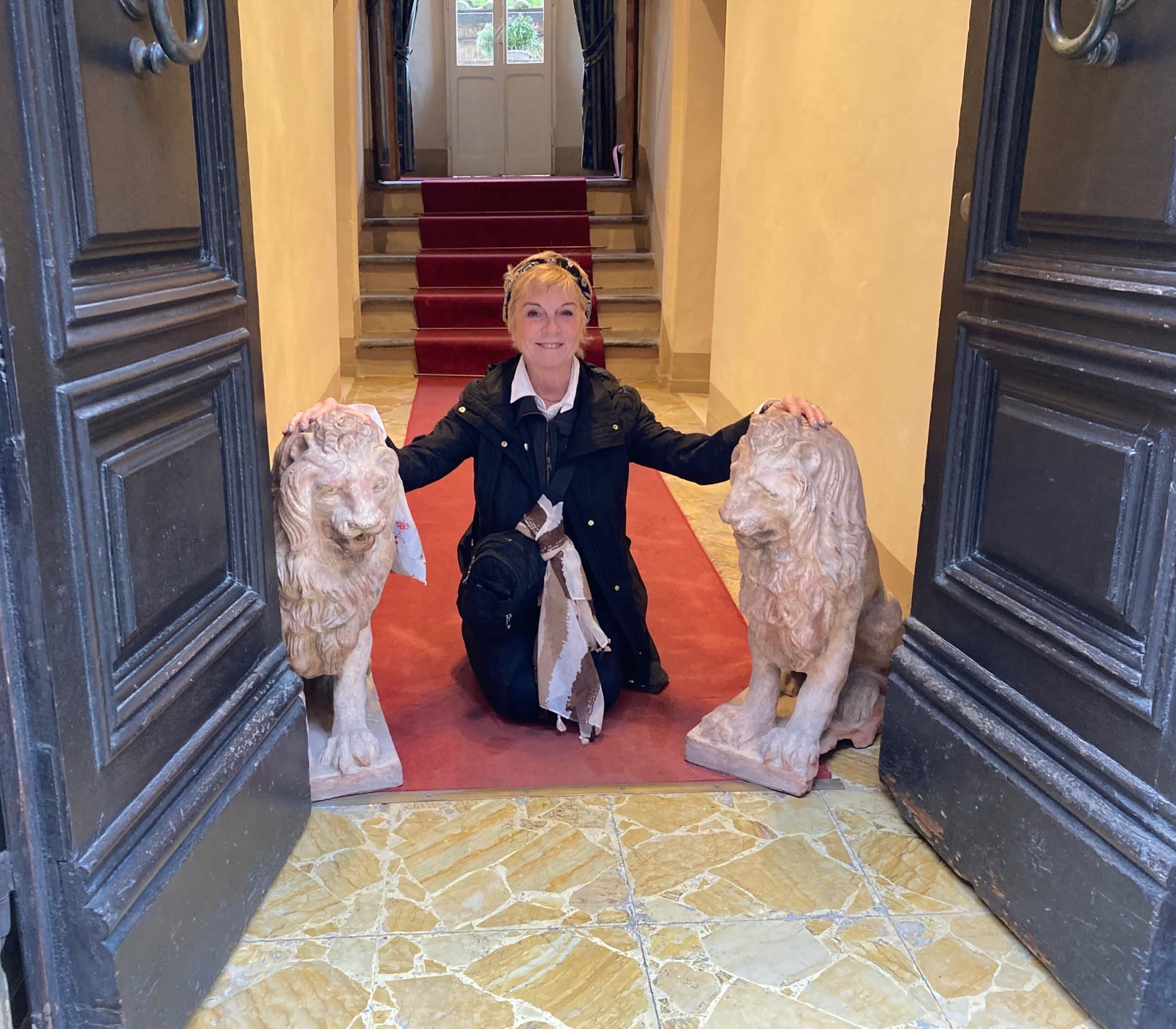Endoscopic Eradication Surgery
Expert Care with a Gentle Approach
If you’ve been diagnosed with esophageal cancer or precancerous lesions, endoscopic eradication surgery may offer a less invasive alternative to traditional surgery. At the Providence Swedish Cancer Institute, our skilled surgeons use this advanced technique to remove abnormal tissue through the throat — with no external incisions. That often means less pain and a faster recovery.

Treatment Overview
Our surgeons use advanced techniques like endoscopic mucosal resection (EMR) and endoscopic submucosal dissection (ESD) — two types of endoscopic surgery — to safely remove polyps and early-stage tumors from the esophagus and lungs, as well as radiofrequency ablation and cryoablation.
During the procedure, you’ll likely receive sedation through an IV (EMR) or general anesthesia (ESD). Your surgeon will gently guide a thin, flexible tube called an endoscope into your esophagus. A high-definition camera at the end sends detailed images to a nearby screen, helping your surgeon see the lining clearly.
During EMR, your surgeon will inject fluid under the cancerous tissue to lift it and then use a wire loop threaded through the endoscope to catch onto the affected tissue and remove it. ESD begins the same way but is a more complex procedure — your surgeon must go deeper into the lining, using an electrosurgical knife to carefully remove the tissue. Both EMR and ESD are typically outpatient procedures, so most patients can return home the same day.
What to Expect
At the Providence Swedish Cancer Institute, we’ll guide you through the planning stages of the endoscopic surgery through arrival at the clinic, recovery, and future treatment if needed. Your care team is here to support your physical healing, emotional well-being, and personal goals, so you can move forward with confidence.
About a week before your procedure, we’ll reach out to:
- Assist with remaining pre-procedure lab work or tests
- Review what will happen during your procedure
- Explain potential side effects
- Discuss medications and post-procedure care, and answer any questions you may have
You'll receive information to prepare for your procedure. If you have any questions after this appointment, you can reach out to your nurse or care coordinator, who will be happy to help.
Endoscopic surgery is typically an outpatient procedure. You can expect to be in the recovery room afterward for a few hours, so your care team can watch for complications, like bleeding. Because you have received medications that make you drowsy, you will need a responsible adult to drive you home. You’ll probably have a sore throat for a day or two, and your care team will advise you about what you can eat — usually liquids before progressing to soft foods and then your usual diet.
Endoscopic surgery compared to traditional surgery means no external stitches on your neck or throat, so there’s no visible scarring. Bleeding inside the esophagus is typically minimal, and the structure of the esophagus stays intact. This targeted approach treats only the inner lining of the esophagus. Endoscopic procedures have high success rates for early-stage esophageal cancer, and because they’re minimally invasive, most people can go home the same day and return quickly to their normal routines - including enjoying their favorite meals.
As with any surgery, there are risks, including:
- Infection
- Bleeding
- Perforation (hole) in the esophagus
- Stricture (narrowing) of the esophagus
Your care team will talk with you about these risks, answer your questions, and help you make an informed decision that aligns with your goals.
You’ll have several follow-up appointments after your procedure for the first few weeks. This helps us monitor your healing and manage any complications. As time goes on, your appointments will be less frequent, but regular checkups are required so that we can continue to manage any of your ongoing treatment needs and watch for any signs of recurrence.
Services are also available to help you through every treatment stage.
Learn more about our supportive care services.
Frequently Asked Questions
Your surgeon will walk you through the best option for your specific diagnosis. It generally depends on the type of cancer you have, how large it is, and how deep it is, among other considerations. ESD is usually used for smaller, surface-level lesions, while EMR is used for larger, deeper ones.
Endoscopic surgery times vary according to how complex the surgery is. EMR might be done in 1 to 2 hours, once the endoscope is in place and your surgeon begins removing the cancerous tissue. ESD can take longer — from 1 to 3 hours — because it is more complex than EMR, as your surgeon must meticulously cut around the lesion to remove it in one piece.
Most people go home the same day after an endoscopic procedure. Some patients may be admitted ahead of time if they have other medical conditions or need extra support. Others might stay overnight after the procedure if they need closer monitoring, have minor complications like bleeding, or require additional treatment.
Whether you’ll need general anesthesia depends on the type of endoscopic surgery. For EMR, most patients receive IV sedation to stay comfortably asleep during the procedure. ESD is more complex and requires precise, delicate movements, so general anesthesia is often used to keep you completely still. EMR is typically an outpatient procedure, and most people go home the same day once the sedation wears off. ESD is often outpatient as well, though some patients may stay overnight for monitoring, depending on the complexity of the procedure and their overall health.
Your care team will discuss what type of food and drink you can have following your surgery. The general guidelines include starting with clear fluids (broth, clear juice, water, etc.) after the procedure for a day or two and then slowly moving to thicker fluids and soft or pureed foods, such as applesauce, mashed potatoes, or scrambled eggs. If, after a couple of days, you don’t have pain or difficulty swallowing, you can move back to your normal diet, though it’s best to avoid foods that can irritate your throat, like spicy or acidic foods.
Whether you’ll need additional treatment after endoscopic surgery depends on whether all the cancer was removed and how advanced it is. If the cancer was caught early and fully removed, you may not need further treatment — just regular checkups to monitor for any signs of recurrence. If the cancer is more advanced, you may need additional surgery, chemotherapy, or radiation. Your care team will talk with you about the next steps and help you understand your options.
We provide a full range of supportive care services to support you during and after your cancer treatment. Some of these services include:
- Art therapists
- Cancer rehabilitation (onco-physiatry)
- Care coordinators
- Genetic counseling (cancer geneticist)
- Health educators
- Medical massage (edema, lymphedema management)
- Music therapist
- Naturopaths
- Nutritionists
- Oncology nurses
- Social workers
- Speech and language pathology
We can also help with finances, food, transportation, and other challenges for eligible patients through our patient assistance fund.
See the full list of supportive care services.
Note: Some services are provided by local partners and vary based on location. Please contact your clinic for more information.
News & Info From Our Experts



